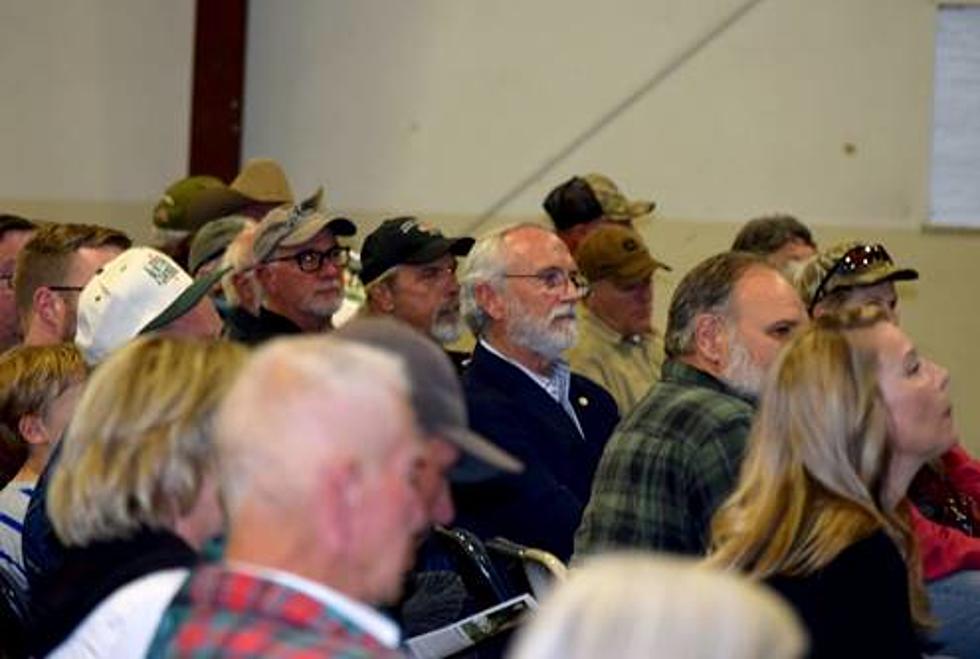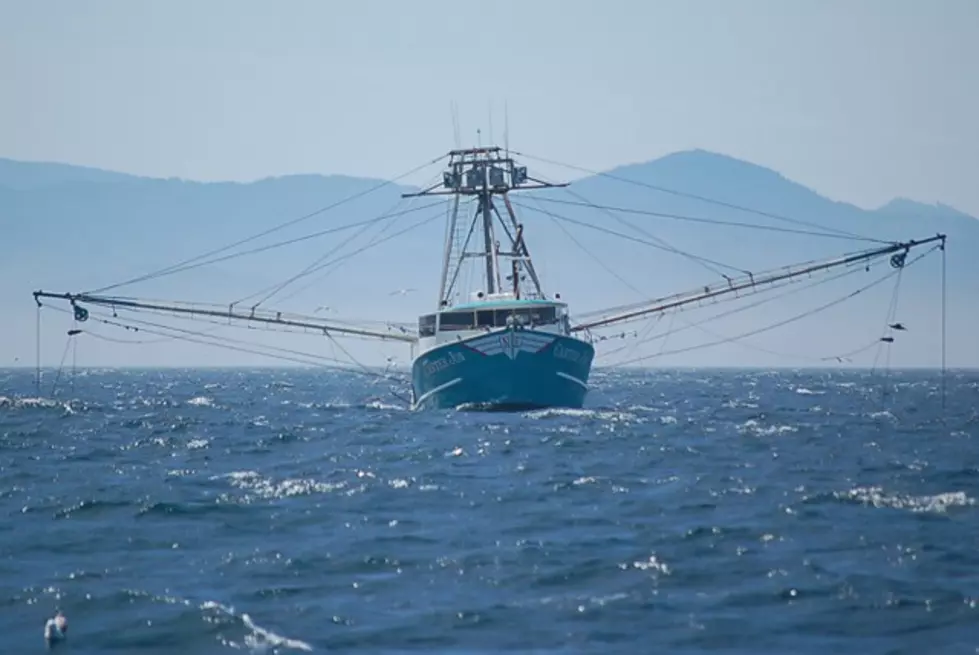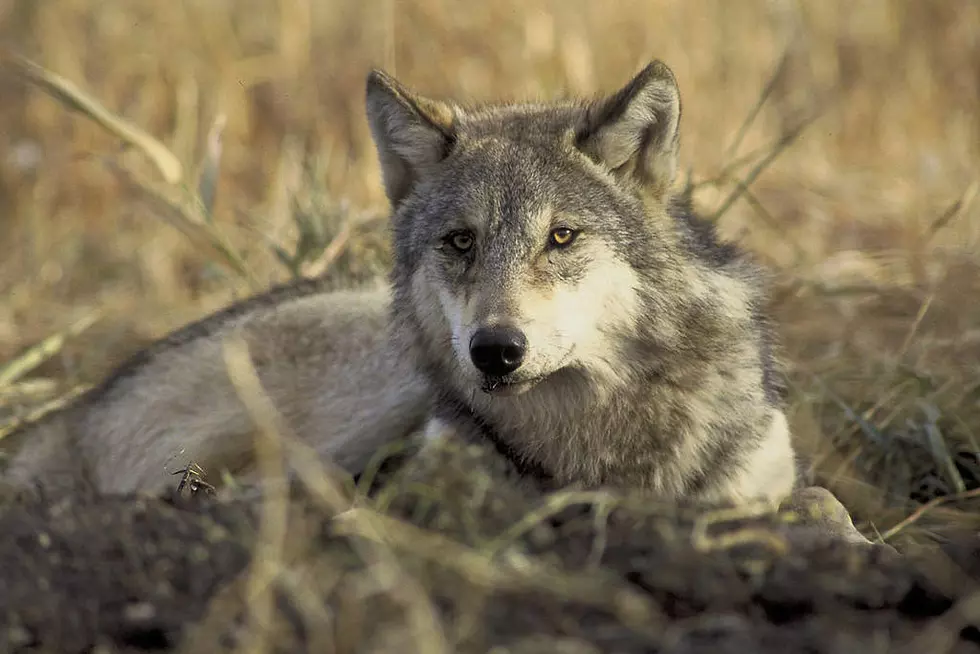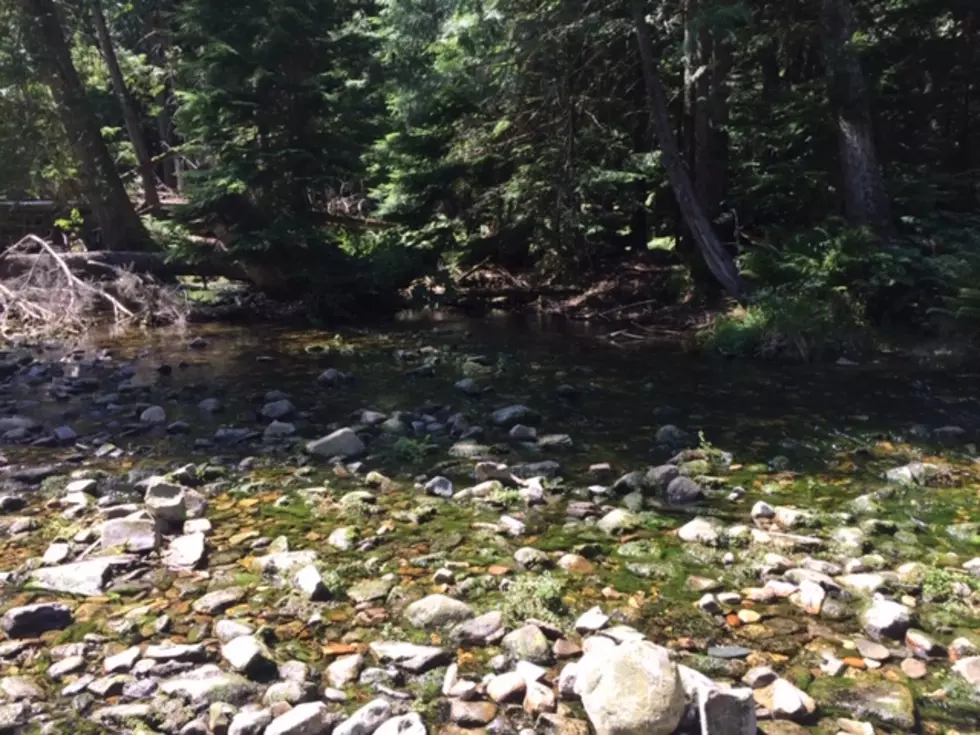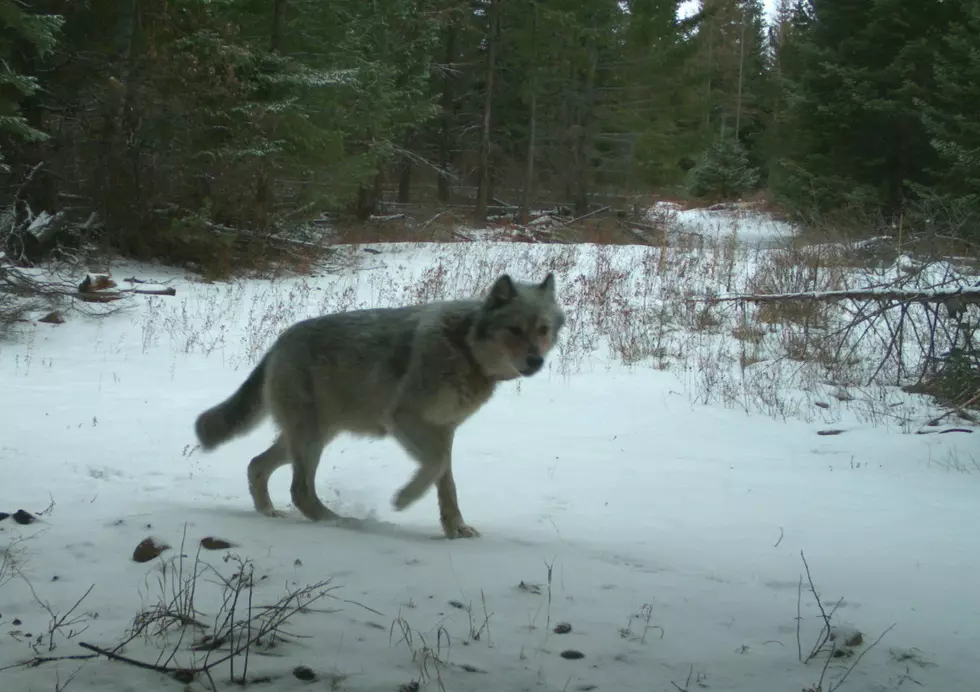
Susewind Oks Lethal Removal Of Togo Pack Wolves
On Monday, Washington Department of Fish and Wildlife Director Kelly Susewind authorized the lethal removal of one to two wolves from the Togo pack. The move is in response to repeated depredations of cattle on private grazing lands in Ferry County. According to the WDFW, the proactive and responsive non-lethal deterrents used by the two affected livestock producers in the area have not curtailed further depredations.
Susewind added his decision is consistent with the guidance of the state's Wolf Conservation and Management Plan and the lethal removal provisions of the Department's 2017 wolf-livestock interaction protocol. Consistent with the guidance of the plan and protocol, the rationale for authorizing lethal removal of Togo wolves is as follows:
Since the last update provided on June 10th, 2022, a range rider discovered another injured calf on June 11 belonging to Producer 2 in a private industrial timberland allotment. WDFW staff investigated and confirmed the calf was injured by wolves. The calf and calf’s mother were removed from the allotment to the producer’s home place.
WDFW has documented six depredation events (four within the last 30 days) resulting in two dead and four injured calves since August 17, 2021 attributed to the Togo pack. All events except one were considered confirmed wolf depredation incidents; the other incident was considered a probable wolf depredation. All incidents took place on private land.
At least two, and according to WDFW, in this case more than two, proactive deterrence measures and responsive deterrence measures were implemented by the livestock producers affected by the depredations, including the following:
Producer 1:
- Proactively moved livestock out of a private pasture in the Togo territory in early April upon discovery of a wolf-killed deer (discovered based on wolf activity information provided by WDFW);
- provided human presence and focused monitoring around private calving pastures (checked cattle several times a day before they were moved to summer pasture and allotments);
- conducted carcass sanitation;
- removed sick or injured livestock when found;
- proactively deployed Fox lights (prior to the depredation occurring) in the pasture where an injured calf was investigated on May 18;
- deployed VHF ear tags on cattle to assist in locating them;
- used a part-time range rider in private calving pastures prior to turnout on summer pasture and allotments, and one full-time and two part-time riders following turnout to meet WDFW’s expectation of daily to near daily range riding (one of the part-time riders has since become full-time);
- signed a contract to cost-share non-lethal deterrence measures that will start July 1; and,
- has been in regular communication with WDFW staff and reported any suspected depredations.
Producer 2:
- Conducted carcass sanitation;
- removed sick or injured livestock when found;
- proactively deployed Fox lights and a radio-activated guard (RAG) box where cattle gather overnight;
- used one full-time range rider and two part-time range riders to meet WDFW’s expectation of daily to near daily range riding (one of the part-time riders has since become full-time); and,
- has been in regular communication with WDFW staff and reported any suspected depredations.
The WDFW said they documented these deterrents in the agency's "wolf-livestock mitigation measures" checklist, with date entries for deterrent tools and coordination with the producers and range riders. The proactive and reactive non-lethal deterrence measures implemented by these livestock producers were those best suited for their operations in the professional judgment of WDFW staff.
If you have a story idea for the PNW Ag Network, call (509) 547-1618, or e-mail gvaagen@cherrycreekmedia.com
More From PNW Ag Network

